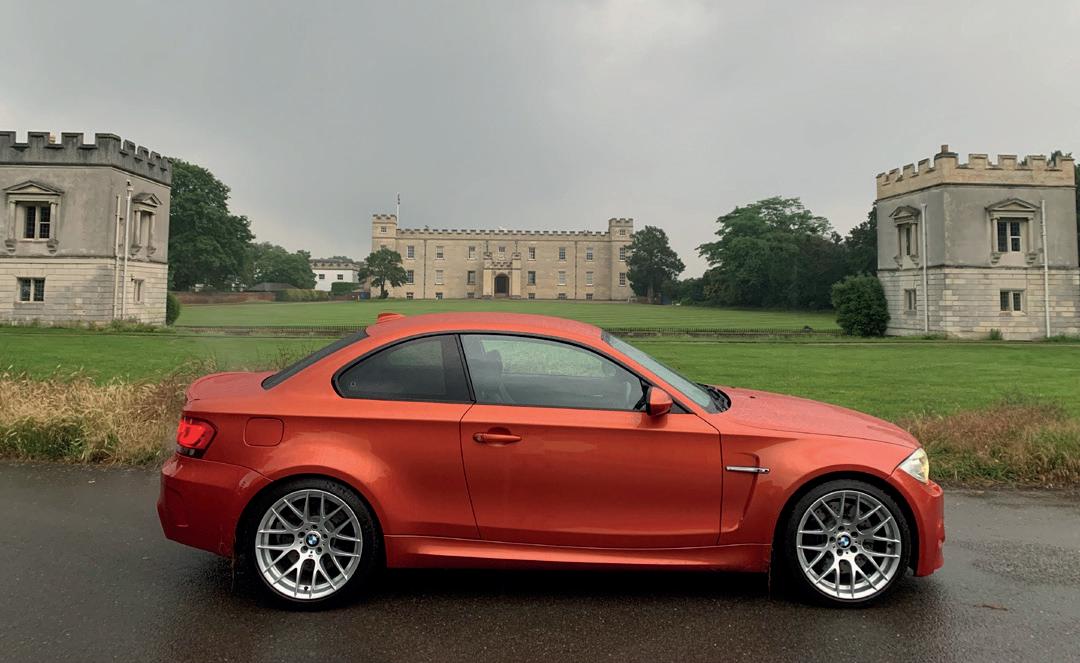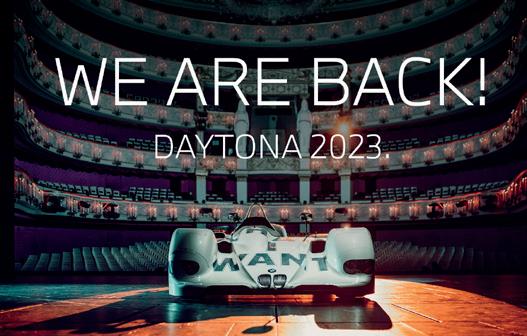
3 minute read
Thoughts from the Boardroom
thoughts from the boardroom Chris Brownridge. CEO BMW (UK) Ltd.
Over the years BMW has revealed a mouth-watering array of concept cars at various motor shows and events around the world and choosing a favourite is an incredibly difficult task. Concept cars take so many different forms, from nigh-on production ready glimpses at next year’s model to those that hint at what the future might hold. Of course, there are many, many more that don’t see the light of day where our talented engineers and designers are experimenting with potential cars of the future.
Advertisement
One of my favourites was the Turbo Concept from way back in 1972, a glorious gullwing-doored vision of what the sports car of the future might look like. Some of its styling cues went on to be used on the M1 supercar but, despite the concept’s sporting bias, it was also a showcase for many advanced safety and production techniques. It had foam-filled bumpers that would regenerate after parking bumps and one of its features was a radar controlled braking system. Pie-in-the-sky stuff for 1972. But a similar system did enter production as the Active Cruise Control option on the E38 7 Series, so don’t discount futuristic items on concepts as being unlikely to make production.
Last month I talked about the IAA Mobility Show that’s just taken place in Munich, but what I couldn’t mention before was the BMW i Vision Circular concept car that we unveiled at the show for the first time. Like the Turbo, also revealed in Munich nigh on 50 years ago, the i Vision Circular is a forward-looking machine, but this time it’s a compact, all-electric vehicle for the year 2040 that is focused squarely on sustainability and luxury.
The BMW i Vision Circular has been designed with circular economy principles in mind and our aim is to produce a vehicle made from 100 percent recycled materials that is 100 percent recyclable. Even today our vehicles are, on average, constructed from 30 percent recycled and reusable materials and the aim is for this to rise to 50 percent in the near future. For the 100 percent recycled and recyclable i Vision, this involves a comprehensive reimagining of the materials used in their construction as well as the production techniques involved.
Some of the processes used in the i Vision are quite remarkable and will go a long way towards reducing CO2 emissions throughout a vehicle’s entire life cycle. For example, the battery used is an all-solid-state unit, which not only achieves much higher energy density but is 100 percent recyclable and manufactured almost entirely using recycled materials. There’s also a significant emphasis being placed on ease of disassembly so several parts. The seats, instrument panel and wheels have quick release fasteners to aid removal. Clever new joining techniques within the interior avoid the use of glue in their construction and many components are manufactured to fit exactly using processes such as 3D printing.
Recycled plastics are used for the bumpers and for the seat shells, for the carpet and the upholstery. While the exterior eschews the use of paint as the surfaces are finished in light-gold anodised secondary aluminium instead. Even the car’s exterior badging has been reimagined, with the BMW badge engraved on the front and rear of the vehicle to avoid using extra add-on parts.
There are a host of other innovations and features on the BMW i Vision Circular that I simply don’t have space to explore here, but I think it’s a fascinating insight into how sustainably produced cars could look by 2040. I love concept cars for the glimpses they afford us of what the future might bring and while the i Vision Circular is a rather different machine to the 50-year-old Turbo Concept, it’s certainly just as fascinating and I look forward to the day when we can see elements of its design in our production cars.











